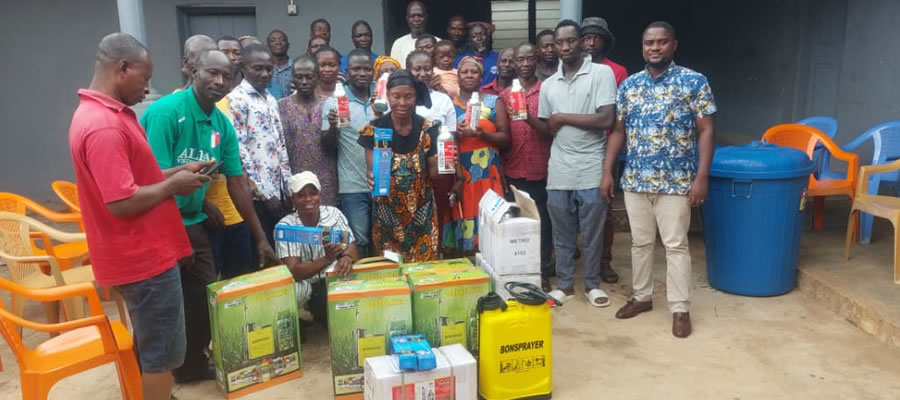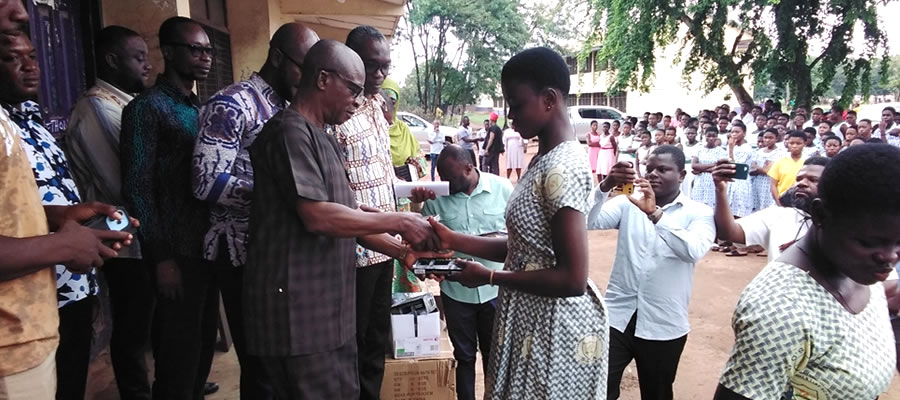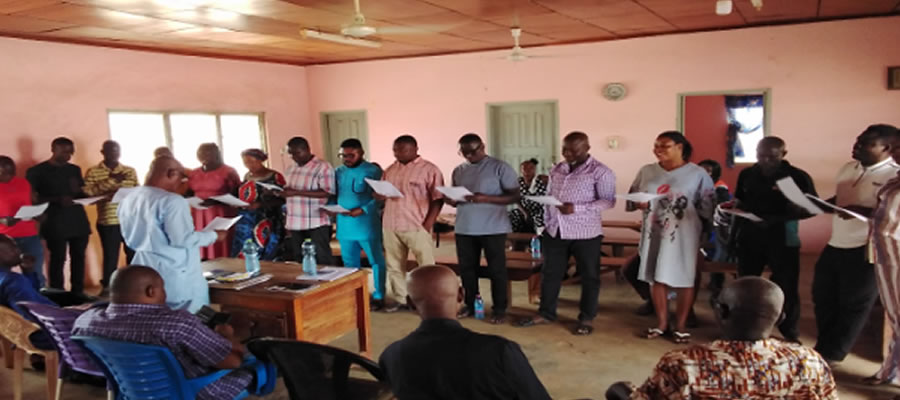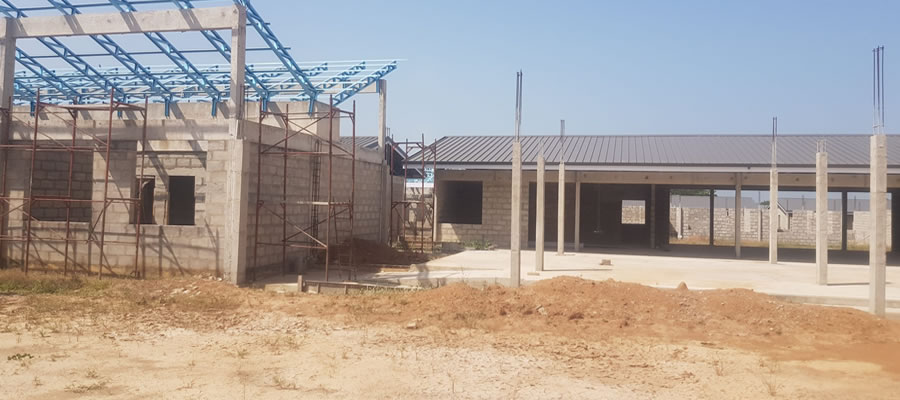

Legislative Establishment of the Municipality
The Sunyani West Municipal is one of the twelve (12) Municipal and District Assemblies in the Bono Region of the Republic of Ghana. It was established in November 2007 through LI 1881, 2007, and inaugurated on 29th February, 2008. The Administrative capital of the Municipality is Odomase.
Location and Size
With a total land area of 1,059.33square kilometres, the Municipality occupies 4.2 percent of the total land area of the region, the Municipality lies between latitude 7º 19´N and 7º 35´N and longitudes 2º 08´ W and 2º 31´ W.
Sunyani West Municipal shares boundaries with Wenchi Municipal to the north, Offinso North District to the east, Sunyani Municipal to the south, Berekum East Municipal to the west, Dormaa Central Municipal, Dormaa East District to the south-west and Tain District to the north-west.
Geology and Soil Type
The Sunyani West Municipality is underlain by the precambian formation of rock believed to be rich in mineral deposits. Soils in the Municipality fall into the Ochrosols group which is generally fertile and therefore support the cultivation of cocoyam, maize, cassava, cocoa, plantain and yam. There is also widespread production of legumes, rice and vegetables in areas rich in alluvial soil. The Municipality has an extensive clay deposit which is being extracted for the production of bricks, tiles, cooking utensils and other ceramics. There are prospects of Gold and other minerals around Chiraa.
Natural Resources
The Municipality is endowed with a number of natural resources. Timber can be found throughout the Municipality especially around Chiraa, Odumase, and Bofourkrom. Some popular timber species in the Municipality are Odum, Mahogany, Wawa, Oframo, Teak, Kyenkyen, Sapele, Amire, Asanfra and Onyina among others. Minerals like gold and diamond are available for extraction in the Municipality. Clay is another natural resource that abounds in the Municipality.
The Kwatire-Adentia area has extensive clay deposit that can be extracted for various purposes. Presently, Noble Best Investment Limited produces bricks and tiles from the clay deposit in the area. Sand and Stone winning for construction purposes is a major activity around Chiraa.
No exploitation of the other mineral deposits has officially been registered except for prospecting of gold around Chiraa. As a result, mining has little significant impact on the economy of the Municipality.
Relief and Drainage:
The topography of the Municipality can be described generally as undulating. The area lies within heights ranging from 700 feet (213.36 metres) along River Bisi basin to 1100 feet (335.28 metres) above sea level.
The drainage is best described as dendritic with several streams and rivers being seasonal ones. The River Tano provides the most reliable source of water for both domestic and agricultural uses in the lean season. Other rivers found in the Municipality include: River Abisu, River Sise, River Nyinahini, River Ahunyan, River Bisi, River Bore, among others.
Climate and Rainfall:
The climatic zone of Sunyani West Municipality falls within the Wet Semi-Equatorial region and therefore has two rainy seasons in a year. The major rains begin in April and end in July and the minor rainy season is from September to October. Average annual rainfall is about 170cm. The dry season often lasts for five months (between November and mid-March) each year. The abundance of rainfall offers the Municipality a comparative advantage in agricultural production and forestry.
Vegetation
The Municipality falls within the moist-semi deciduous forest vegetation zone. The forest reserves in the Municipality are Tain 1, Tain11 and Yaya forest reserves. This is seen in Fig 1.2 below. The forest zones contain timber, wild life, herbs and other valuable resources. Timber species found in the Municipality are Odum, Mahogany, Wawa, Oframo, Teak, Kyenkyen, Sapele, Amire, Asanfra and Onyina.
Some crops that are cultivated in the Municipality include Cassava, Plantain, Cashew nut, Palm oil, Cocoyam Maize, etc. However in recent times, the forest is being depleted trough human activities such as agricultural activities, bush fires, indiscriminate felling of trees and settlement expansion and the approaching Sahara desert.
Date Created : 11/20/2017 5:08:03 AM













 facebook
facebook
 twitter
twitter
 Youtube
Youtube
 +233 593 831 280
+233 593 831 280 0800 430 430
0800 430 430 GPS: GE-231-4383
GPS: GE-231-4383 info@ghanadistricts.com
info@ghanadistricts.com Box GP1044, Accra, Ghana
Box GP1044, Accra, Ghana